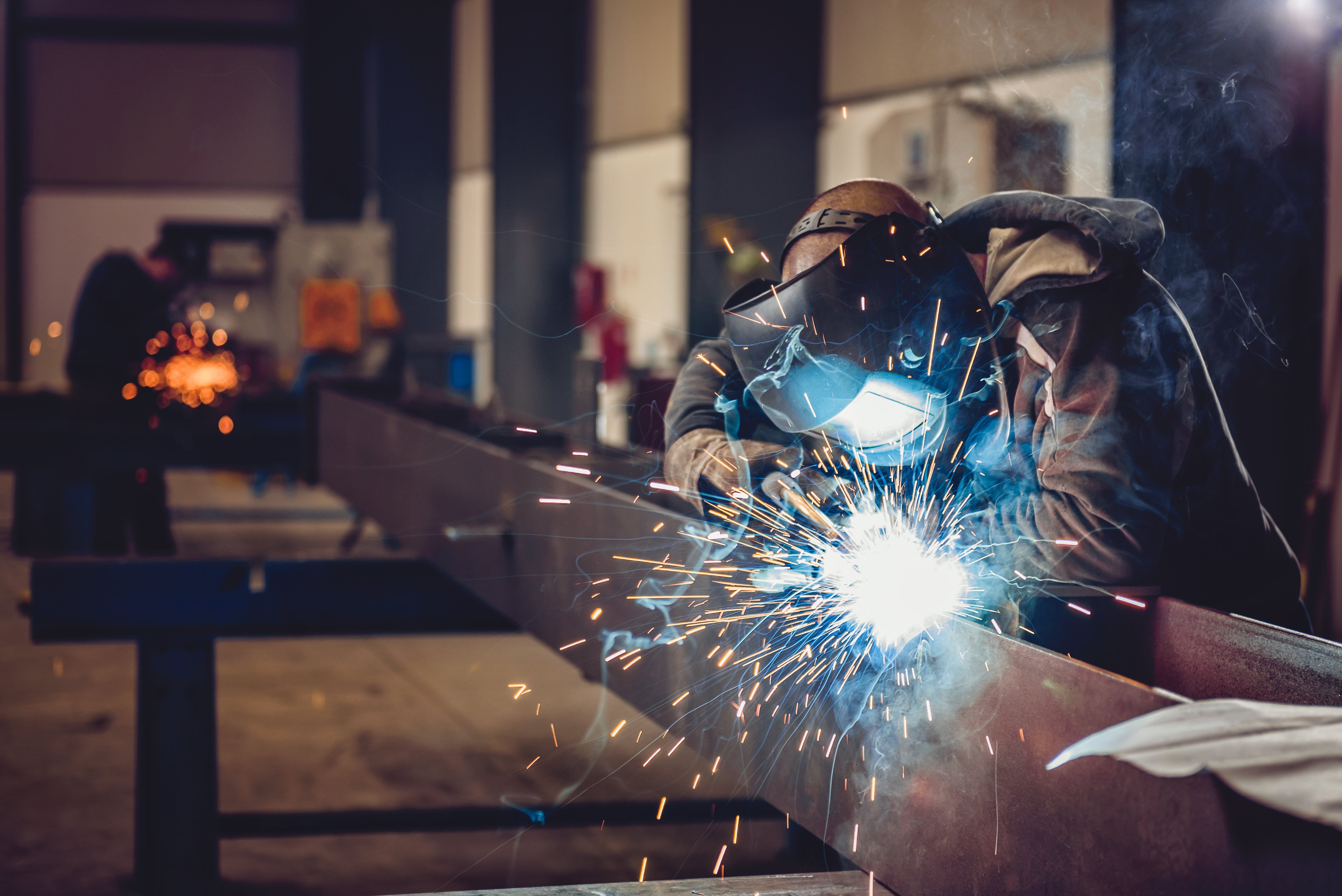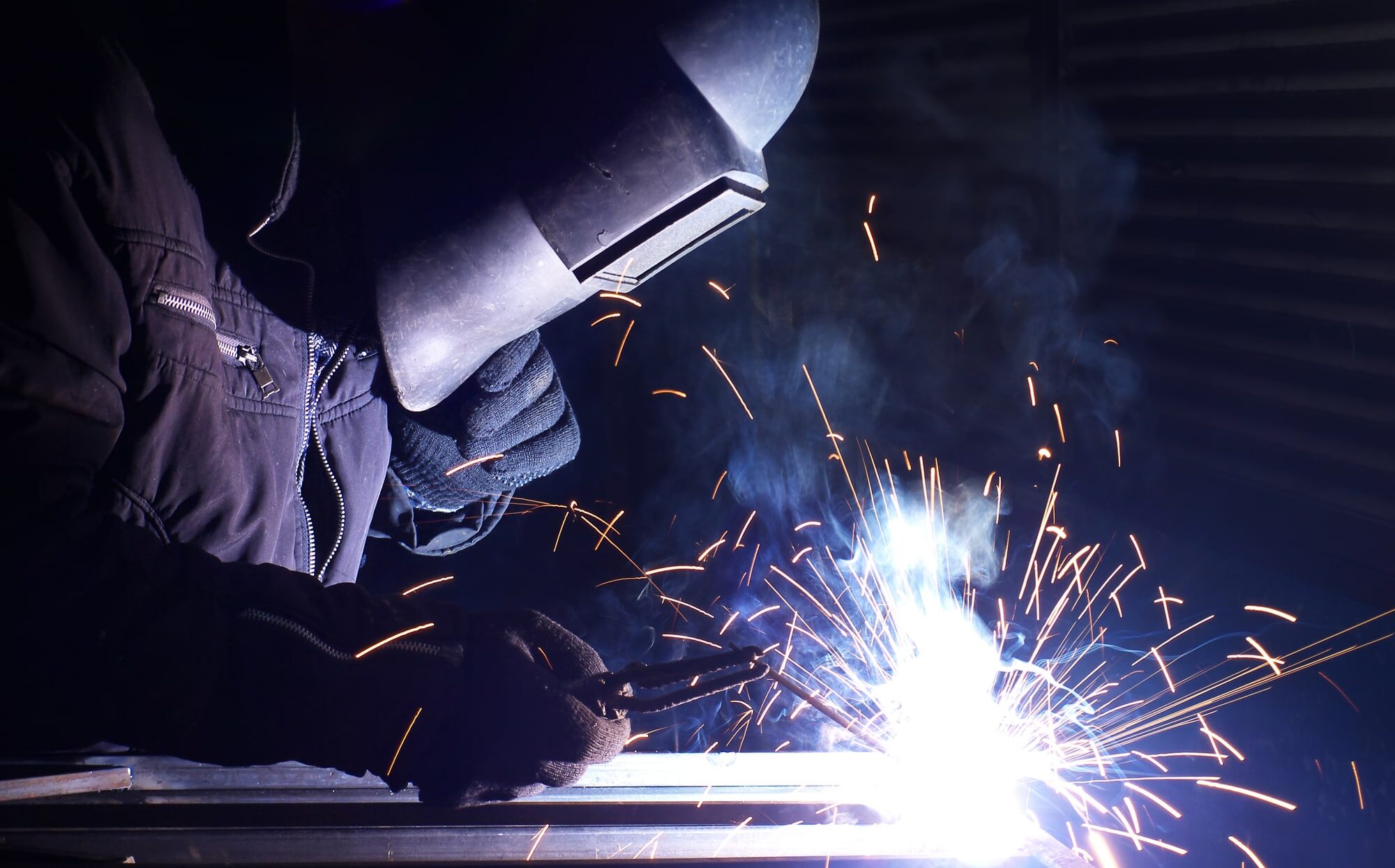All Regarding Welding: Key Insights Into Techniques and Finest Practices for Success
Welding incorporates a selection of strategies, each fit for particular materials and applications. Recognizing these techniques, such as GMAW, SMAW, and TIG, is important for accomplishing optimal results. Furthermore, the appropriate devices and safety techniques can not be ignored. As preparation and fixing play important roles in the welding process, understanding these aspects can significantly enhance the high quality of the final item. What are the essential factors that ensure an effective weld?
Recognizing Various Welding Techniques
Welding methods incorporate a range of methods, each suited to details applications and products. Amongst the most common strategies are Gas Metal Arc Welding (GMAW), Protected Metal Arc Welding (SMAW), and Tungsten Inert Gas Welding (TIG) GMAW, likewise referred to as MIG welding, is preferred for its rate and adaptability, making it suitable for thin products. SMAW, or stick welding, is preferred for its simplicity and performance in outdoor settings, specifically with thicker steels. TIG welding uses precision and control, making it appropriate for complex job and non-ferrous metals (Montana Mobile Welding and Repair). Each strategy has its special benefits and factors to consider, permitting welders to pick the very best technique based on the project's needs, product kind, and preferred outcomes. Understanding these strategies is necessary for effective welding
Important Welding Tools and Devices
While numerous welding techniques require particular abilities, the right equipment and devices are just as important for achieving quality outcomes. Necessary welding devices includes welding makers, which differ depending upon the technique-- such as MIG, TIG, or stick welding. Safety gear, consisting of helmets, handwear covers, and aprons, warranties safety and security and comfort throughout the procedure. Additionally, clamps and components assist protect materials in place, making certain precision in welds. Consumables like welding rods, wire, and securing gas are additionally important elements that influence the top quality of the weld. Furthermore, devices such as grinders and cutters promote surface preparation and post-weld completing, adding to a professional outcome. Buying premium equipment eventually improves the effectiveness and efficiency of welding tasks.
Safety And Security Practices in Welding
Proper security practices are crucial in the welding sector to protect workers from potential hazards. Welders should use appropriate personal protective devices (PPE), including safety helmets with correct shading, handwear covers, and flame-resistant clothes. Sufficient air flow is crucial to lower direct exposure to unsafe fumes and gases created during the welding procedure. In addition, employees need to be learnt the correct handling of welding devices to stop accidents. Fire precaution, such as keeping flammable products far from the welding location and having fire extinguishers conveniently offered, are essential. Routine assessments of tools and work spaces can aid identify possible risks before they bring about mishaps. By adhering to these safety practices, welders can develop a safer working atmosphere and decrease risks related to their profession.
Preparing Products for Welding
Preparing products for welding is a vital step that considerably influences the quality and honesty of the end product (Montana Mobile Welding and Repair Fabrication). Appropriate prep work involves cleansing the surface areas to get rid of contaminants such as dirt, oil, and corrosion, which can endanger the weld. Strategies such as grinding, sanding, or utilizing solvents are frequently employed to achieve a clean surface. Furthermore, making certain that the products mesh comfortably is vital; voids can bring about weak welds. It's likewise essential to consider the positioning and positioning of the components, as this will influence the convenience of welding and the last outcome. Finally, picking the appropriate filler material and making certain compatibility with the base steels is vital for attaining strong, resilient welds
Tips for Getting High-Quality Welds
Attaining top notch welds requires focus to information and adherence to best methods throughout the welding process. Correct joint prep work is crucial, making certain surfaces are clean and free from contaminants. Selecting the suitable filler material and welding method based on the base metals is important for ideal bonding. Maintaining constant traveling speed and angle while welding can advertise and prevent problems harmony. Furthermore, managing warm input is essential; extreme heat can cause warping and deteriorated joints. On a regular basis examining the welds throughout the procedure permits instant changes if needed. Finally, using ideal post-weld therapies, such as cleaning and anxiety relief, can enhance the resilience and honesty of the weld, eventually making sure an effective outcome.
Fixing Typical Welding Issues
Welding commonly provides challenges that can impact the quality and honesty of the end product. Common concerns such as porosity, inconsistent weld grains, and overheating can occur, each needing details repairing strategies. Understanding these issues is vital for welders to enhance their abilities and achieve excellent outcomes.
Porosity Troubles Described
Porosity can typically be ignored, it stays a critical issue in welding that can jeopardize the integrity of an ended up item. Porosity describes the visibility of little gas pockets within the weld grain, More about the author which can damage the joint and lead to early failure. This trouble typically develops from contaminants, wetness, or incorrect securing gas insurance coverage during the welding process. To minimize porosity, welders ought to verify that the base products are completely dry and tidy, use appropriate protecting gases, and keep consistent welding criteria. Consistently checking the equipment and environment can also help identify possible problems before they show up in the weld. Resolving porosity efficiently is important for achieving strong, sturdy welds that meet quality criteria.

Irregular Weld Beans
Irregular weld beads can substantially impact the quality and stamina of a finished item. Numerous factors add to this concern, consisting of inappropriate traveling speed, wrong amperage setups, and inconsistent electrode angles. When the welder relocates also swiftly, a bead might appear narrow and lack penetration, while relocating as well slowly can cause too much buildup. In addition, using the incorrect amperage can result in either damaging or extreme spatter, both of which concession weld stability. The welder's technique, such as inconsistent torch movement, can additionally result in uneven bead look. To reduce these problems, welders need to focus on keeping consistent, regulated movements and making certain appropriate devices setups to accomplish uniformity in their welds. Uniformity is key to achieving trustworthy and strong welds.
Overheating and Bending Issues
Excessive warm throughout the welding process can bring about considerable overheating and warping problems, affecting the architectural stability of the workpiece. These issues frequently manifest as distortion, which can jeopardize site web placement and fit-up, making more setting up testing. Factors adding to overheating include the choice of welding parameters, such as voltage and travel speed, along with the type of product being bonded. To reduce these concerns, welders need to keep consistent traveling speed and ideal warmth input while monitoring the workpiece temperature. In addition, pre-heating or post-weld warmth treatment can aid reduce stress and anxieties triggered by quick cooling - Montana Mobile Welding and Repair. Normal examination and adherence to best techniques are essential in preventing getting too hot and making sure the long life and dependability of welded structures
Regularly Asked Questions
What Are the Job Opportunities in the Welding Sector?
The welding market provides varied job opportunities, consisting of placements as welders, educators, engineers, and examiners. Specialists can operate in production, construction, aerospace, and auto industries, taking advantage of solid need and competitive incomes in numerous duties.
How Can I Boost My Welding Speed Without Giving Up Top Quality?
To enhance welding rate without giving up quality, one ought to exercise effective techniques, preserve equipment, enhance settings, and enhance hand-eye coordination. Routine training and seeking comments can additionally substantially contribute to attaining faster, top notch welds.
What Accreditations Are Offered for Welders?
Countless accreditations exist for welders, consisting of those from the American Welding Culture (AWS), the National Facility for Building And Construction Education And Learning and Study (NCCER), and different industry-specific organizations. These credentials enhance employability and show ability effectiveness.
How Does Welding Affect the Residences of Metals?
Welding affects the residential or commercial properties of steels by altering their microstructure, which can cause adjustments in solidity, ductility, and stamina. Warmth input and cooling prices during the procedure greatly affect these product characteristics.
Can I Bonded Dissimilar Metals With Each Other?
